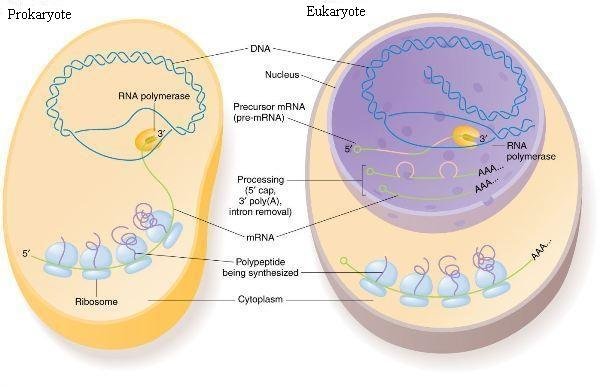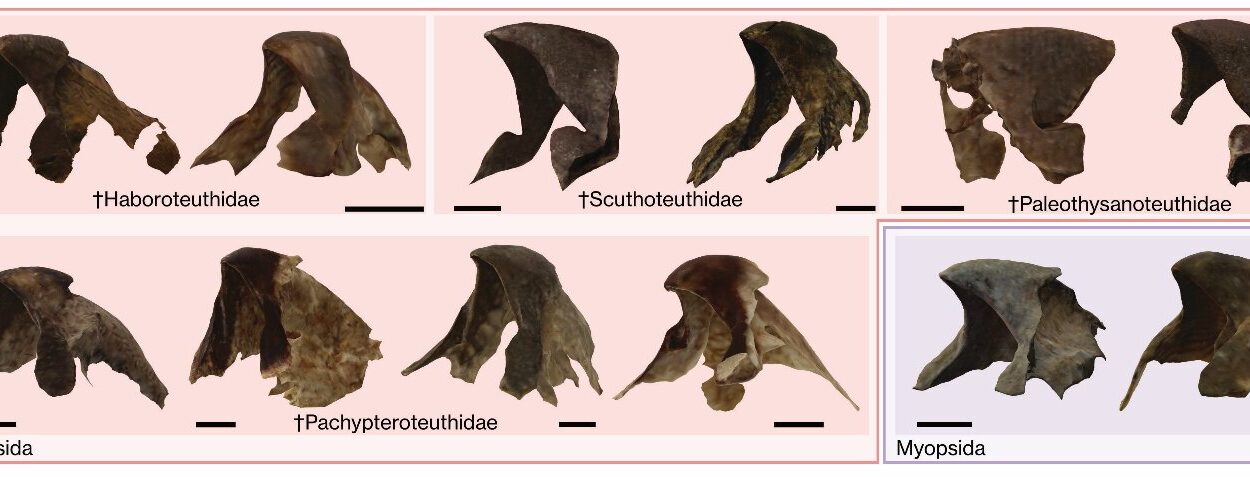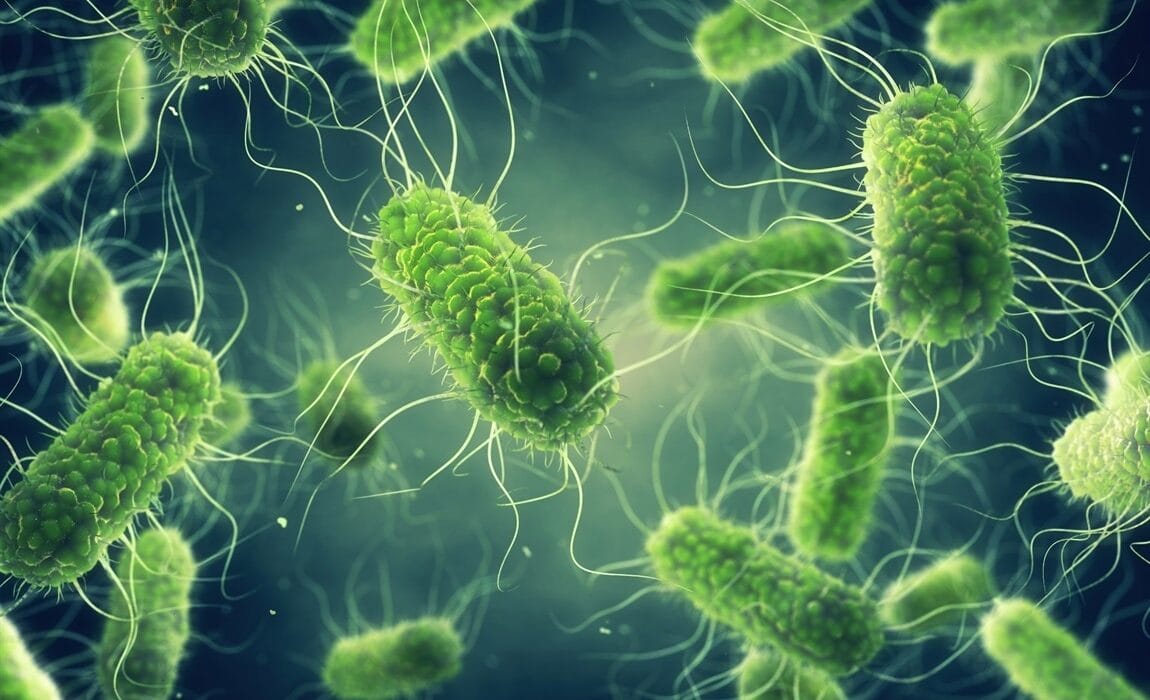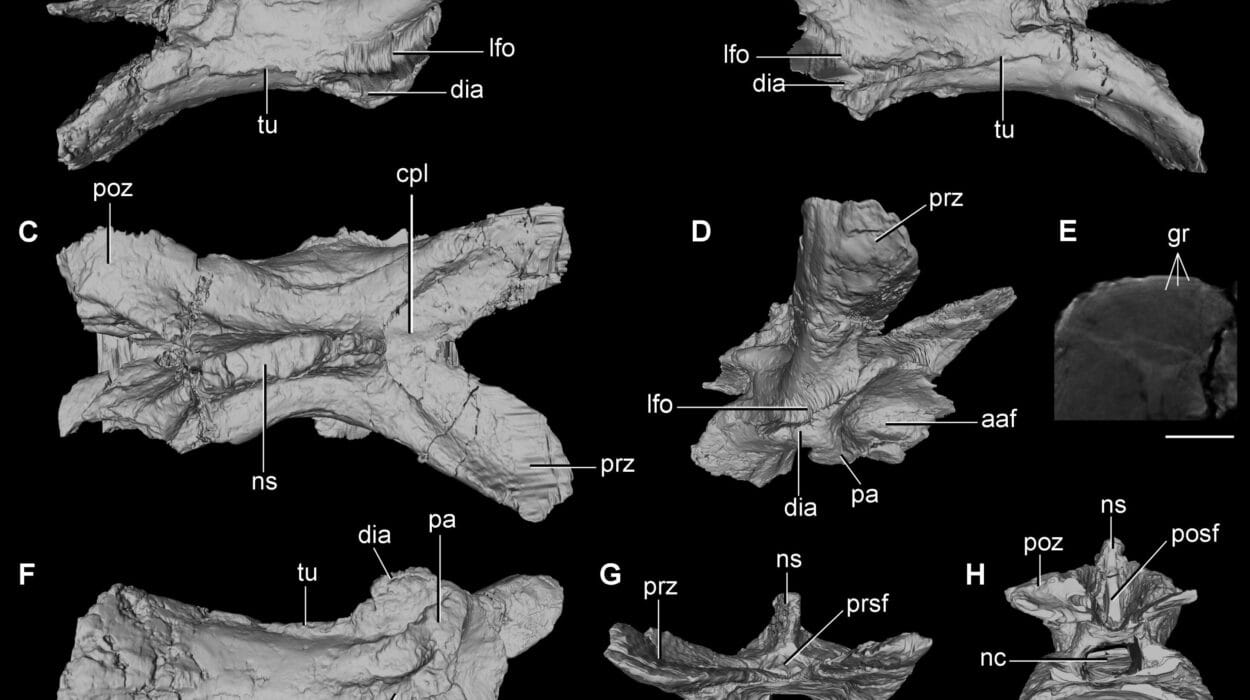Every living organism on Earth, from the simplest bacterium to the largest blue whale, is made of cells. Cells are the fundamental units of life. They perform every activity necessary for survival: metabolism, energy generation, reproduction, response to stimuli, and more. But not all cells are created equal. Broadly, life is divided into two distinct cellular types—prokaryotic and eukaryotic cells. This division isn’t just a technical classification—it represents a deep evolutionary split and underpins the entire diversity of life on our planet.
Despite sharing some basic cellular characteristics, prokaryotic and eukaryotic cells differ fundamentally in their structures, organization, complexity, and evolutionary history. Understanding the difference between these two types of cells isn’t merely an academic pursuit—it’s a window into how life evolved, diversified, and continues to function today.
The Origin Story: A Billion-Year Separation
The earliest forms of life on Earth emerged over 3.5 billion years ago, in the form of simple, single-celled organisms. These ancient entities are what we now call prokaryotes. They include two of the three domains of life: Bacteria and Archaea. For nearly two billion years, prokaryotes ruled the planet, diversifying into an astonishing variety of forms.
Then, somewhere around 2 billion years ago, a momentous evolutionary leap occurred. Some cells began to evolve internal compartmentalization. They developed membrane-bound structures called organelles, including a nucleus to house their genetic material. These cells were the first eukaryotes, and they marked the beginning of a more complex life form. All plants, animals, fungi, and protists descend from these pioneering eukaryotic cells.
This evolutionary split—between prokaryotic and eukaryotic cells—forms one of the most fundamental distinctions in biology.
Size Matters: The Microscopic Difference
One of the first differences observable under a microscope is size. Prokaryotic cells are typically smaller than eukaryotic cells. Most prokaryotes range from 0.1 to 5 micrometers in diameter, making them tiny even by microscopic standards. Their small size allows for efficient nutrient uptake and quick reproduction, especially beneficial for bacteria that must adapt rapidly to changing environments.
Eukaryotic cells, on the other hand, are giants in comparison. They range from 10 to 100 micrometers and sometimes even larger, depending on the cell type. This size increase is possible because of their internal complexity, which allows them to compartmentalize functions and maintain cellular efficiency despite their larger volume.
But size is just the beginning of the story.
Nucleus or No Nucleus? That Is the Cellular Question
Perhaps the most defining difference between prokaryotic and eukaryotic cells lies in how they store and manage their genetic material.
Prokaryotic cells lack a true nucleus. Their DNA floats freely within the cell in a region called the nucleoid. There’s no surrounding membrane to protect or isolate it. Instead, their genetic material—usually a single, circular chromosome—is in direct contact with the cytoplasm.
Eukaryotic cells, however, boast a nucleus—an organelle encased in a double membrane that houses the cell’s DNA. This separation creates a secure environment for genetic processing, protecting the DNA from metabolic chaos and allowing more sophisticated regulation of gene expression. Eukaryotic DNA is also more complex, existing as multiple linear chromosomes organized around proteins called histones.
This fundamental difference in DNA organization has profound implications for how each cell functions, grows, and replicates.
The Organelles: Cellular Machinery at Work
Prokaryotic cells operate with astonishing efficiency, despite their simplicity. They contain the essential components needed for life: DNA, ribosomes, enzymes, and a plasma membrane. However, these components are free-floating within the cell, with minimal compartmentalization.
Eukaryotic cells, by contrast, are teeming with specialized organelles. Each organelle performs a specific function that contributes to the cell’s overall operation. These include:
- Nucleus: Houses DNA and manages gene expression.
- Mitochondria: The cell’s power plants, where energy is produced through cellular respiration.
- Endoplasmic Reticulum (ER): Rough ER synthesizes proteins, while Smooth ER produces lipids and detoxifies substances.
- Golgi Apparatus: Modifies, sorts, and packages proteins and lipids.
- Lysosomes: Contain digestive enzymes to break down waste.
- Chloroplasts (in plant cells): Convert sunlight into energy through photosynthesis.
This compartmentalization is what gives eukaryotic cells their complexity and versatility. Each organelle maintains an internal environment optimized for its function, allowing multiple biochemical processes to occur simultaneously without interference.
Ribosomes: Tiny Factories in Both Worlds
Despite their many differences, prokaryotic and eukaryotic cells share some universal features. One such feature is the ribosome—an essential structure for synthesizing proteins. Proteins are the workforce of the cell, involved in everything from structural support to enzyme activity.
Prokaryotic ribosomes are smaller (70S) than those found in eukaryotic cells (80S), but they perform the same fundamental job: translating messenger RNA (mRNA) into chains of amino acids, which then fold into functional proteins.
Interestingly, mitochondria and chloroplasts in eukaryotic cells contain their own 70S ribosomes, a clue to their evolutionary origin as free-living prokaryotes that were engulfed by ancestral eukaryotic cells—a theory known as endosymbiosis.
Cell Walls and Membranes: The Outer Layers
Another point of contrast lies in the external structure of the cell. Most prokaryotes have a rigid cell wall composed of peptidoglycan (in bacteria) or pseudopeptidoglycan (in archaea). This wall protects the cell, maintains its shape, and prevents it from bursting in hypotonic environments.
Eukaryotic cells vary more in this regard. Animal cells lack a cell wall entirely, relying instead on a flexible plasma membrane. Plant cells, however, have a sturdy wall made of cellulose. Fungal cell walls contain chitin, while some protists have walls composed of different materials.
The plasma membrane itself—found in all cells—is composed of a lipid bilayer and functions as a selective barrier, controlling the movement of substances in and out of the cell.
Reproduction and Growth: Binary Fission vs. Mitosis
Prokaryotic cells reproduce primarily through a process called binary fission—a simple, rapid method where the DNA is replicated and the cell splits into two identical daughter cells. This process can occur very quickly, allowing bacterial populations to grow explosively under the right conditions.
Eukaryotic cells divide more slowly and with greater complexity. They undergo mitosis, a multi-phase process where the replicated chromosomes are carefully separated into two nuclei before the cell divides. Eukaryotes also perform meiosis, a specialized form of division that produces gametes for sexual reproduction, increasing genetic diversity.
This difference in reproductive strategy is deeply tied to each cell type’s evolutionary strategy—rapid adaptability in prokaryotes versus structural and genetic complexity in eukaryotes.
DNA and Genetic Control: The Blueprint of Life
DNA structure and gene expression mechanisms further differentiate prokaryotes and eukaryotes. In prokaryotic cells, genes are often organized into operons—groups of genes regulated together, allowing the cell to respond quickly to environmental changes. Regulation is relatively straightforward, with fewer layers of control.
Eukaryotic cells, on the other hand, possess a more intricate system of genetic regulation. With multiple chromosomes stored in the nucleus, genes can be switched on or off by an array of regulatory proteins, enhancers, and silencers. This complexity allows for cell differentiation, where cells in the same organism can perform vastly different functions despite sharing the same DNA.
Cellular Complexity and Multicellularity
All prokaryotes are unicellular, though some can form colonies or biofilms for mutual benefit. They may display rudimentary cooperation but lack the specialization seen in multicellular organisms.
Eukaryotic cells, in contrast, can exist either as single-celled organisms (like amoebae) or as the building blocks of multicellular beings. Their internal complexity enables them to differentiate into hundreds of cell types—neurons, muscle cells, blood cells—each performing unique functions as part of a coordinated whole.
Multicellularity allowed for the emergence of complex organisms, including humans. It was eukaryotic cellular architecture that made this possible.
Evolutionary Insights: The Endosymbiotic Theory
One of the most fascinating insights into the relationship between prokaryotic and eukaryotic cells comes from the endosymbiotic theory. Proposed in the 20th century and now widely accepted, this theory posits that mitochondria and chloroplasts originated as free-living prokaryotes that were engulfed by ancestral eukaryotic cells.
Over time, these internalized prokaryotes became permanent residents, evolving into organelles with specific roles in energy production and photosynthesis. They retained their own DNA, replicate independently, and bear structural similarities to certain bacteria.
This theory not only explains some of the unique features of eukaryotic organelles but also underscores the deep evolutionary connection between the two cell types.
Real-World Relevance: Medicine, Industry, and Beyond
Understanding the differences between prokaryotic and eukaryotic cells isn’t just academic—it has real-world applications.
In medicine, antibiotics target prokaryotic-specific features like the bacterial cell wall or ribosomes, leaving eukaryotic cells unharmed. In biotechnology, bacterial cells are engineered to produce insulin, vaccines, and other vital drugs.
In agriculture, knowledge of eukaryotic plant cells guides genetic modification for improved crop yield. In environmental science, bacterial communities help in bioremediation, breaking down pollutants in soil and water.
Cellular biology underpins every aspect of life sciences, and the prokaryote-eukaryote distinction is foundational.
A Summary Through the Microscope
To visualize the difference: imagine observing two cells under a microscope. One is a bustling metropolis of organelles, a complex civilization with neighborhoods (organelles), highways (cytoskeleton), and governance (nucleus). This is the eukaryotic cell.
The other is a minimalist, streamlined survival machine—efficient, fast, and adapted to nearly every environment on Earth. This is the prokaryotic cell.
Both are marvels of biology, optimized for their roles in life’s grand symphony.
Conclusion: Two Paths, One Origin
In the end, the difference between prokaryotic and eukaryotic cells is not just about structure. It’s a tale of two evolutionary strategies—simplicity and speed versus complexity and specialization. Both have thrived for billions of years, and both are essential to the fabric of life.
Prokaryotes teach us about the resilience and adaptability of life. Eukaryotes showcase its potential for complexity and beauty. Together, they remind us that life, in all its forms, is both astonishingly diverse and deeply connected.






